With one glance at artist Haren Thakur's art, one is transported to multiple worlds of intricate designs and folk fantasy, where not only does one encounter the various traditions of art-making but also a world of cross-cultural junctions important to this immediate moment in the Arts. This Ranchi born-and-raised artist has been working with the rich visuality of living traditions for over two decades.
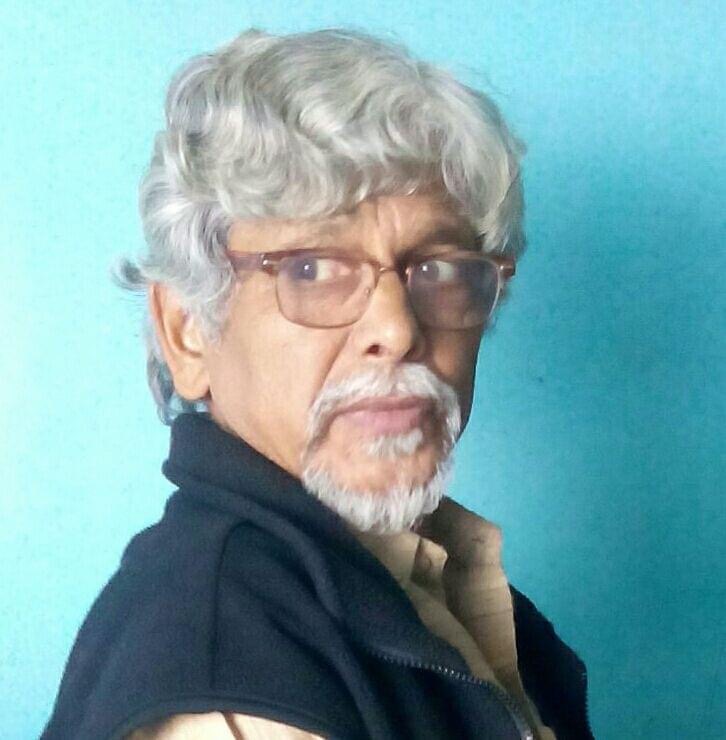
So much so that he has bred a revolt between the realised art forms tapering Indianness to its seams as a visual language particularly flavoured by Jharkhand's variety in cultural practices. In the contemporary processes of so many informed practices of traditional art-forms meeting the high-arts, his art speaks volumes on the shaping of a future where his language is reminiscent of the traditional mural art that readily speaks to its audiences all across the globe. We also see flavours of traditional motifs of Odisha and Bengal making impactful presence as abstractions on his canvas.
Thakur's art relinquishes the need to combat time between past and present and, then into the future, he persuades his viewers to look at the changing visual landscapes. These are not merely sights, but contemplations on the consciousness of his own sights. The artist, literally, provides a distortion of the living traditions to look at the makings of his own visual world against the backdrop of the realised and signified visual language. His art merges boundaries between worlds while also staging his own traversing visuals. Inherently, this act of merger results of an emergence of a visual philosophy, willing to partake in any unrealised or deformed shape.
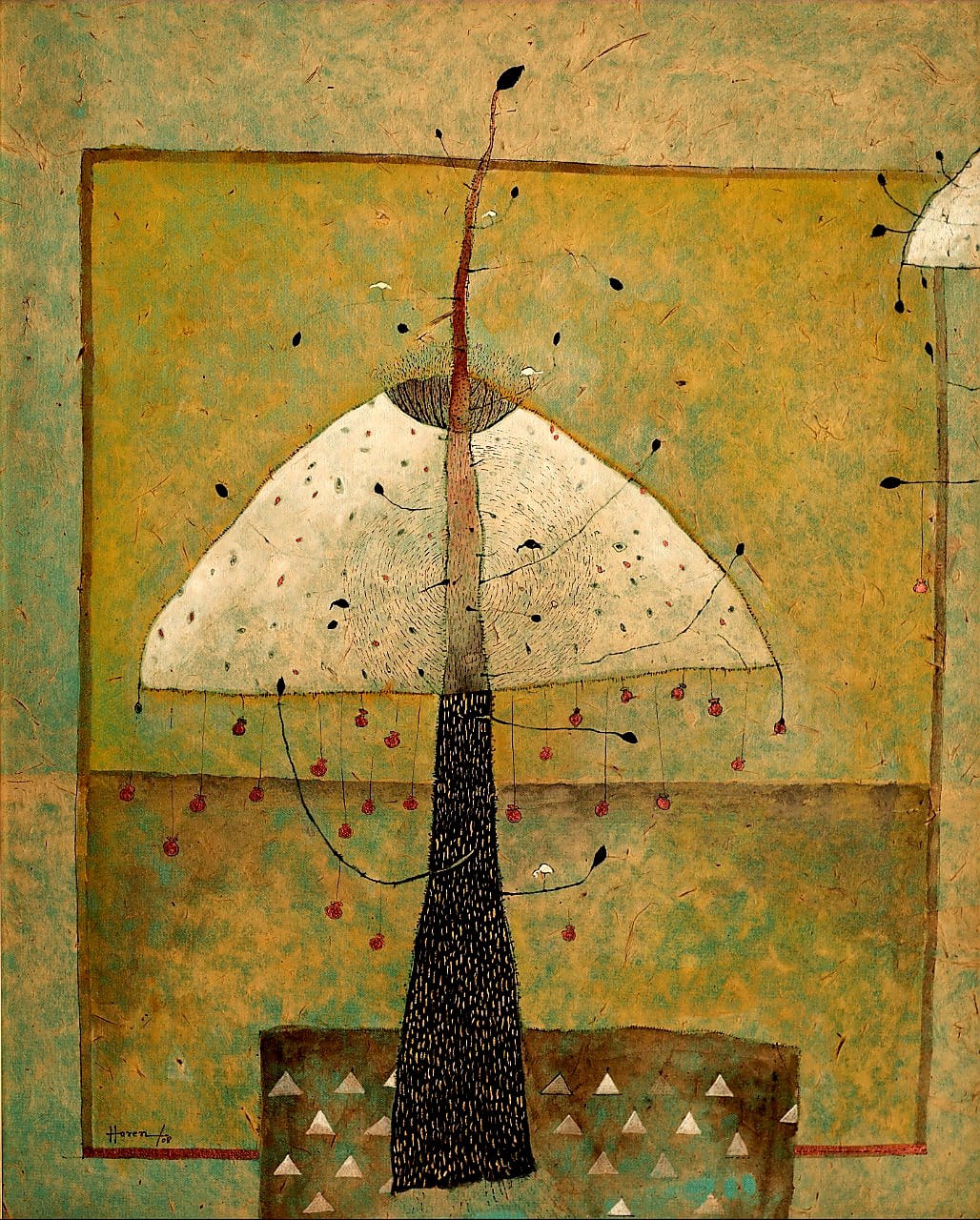
Then again, one can easily recognise his affiliations to the folk-lores from the traditions of the Munda and Birhor rock art form. A certain amount of reworking and playfulness is also evident in his art, where he branches these forms into a likeness to the abstractionist schools of art-making. Deriving a more nuanced celebration of the abstract form, his art reworks through these schools to extract a newness in what he delivers on his canvas.
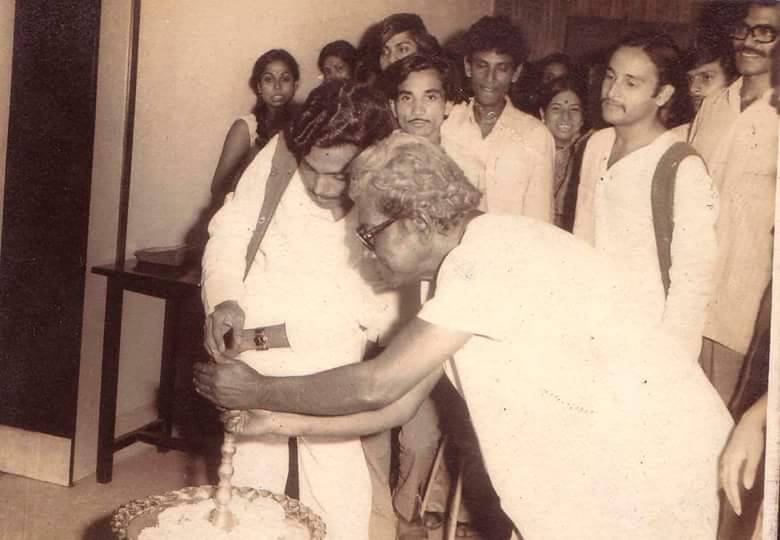
Some of his initial works, probably, posited more emphasis on the Jharkhand folk art forms until he broke out of the form completely, only to carry forward the essence of these art forms to a more versatile space and practice. In doing so, he has been able to achieve a geometrical language around the Warli or the Cubist style. Reminding the contemporary art viewers to engage in the more Indian languages of geometric shapes or, perhaps, project a distant visualisation of these visual philosophies
The artist looks at the environment as his source of inspiration, where he indulges in minute details of village life. A lot of his art is a homage to the perfect serenity and natural order of things, where life is less complicit in power struggles or any kind of disruptions. Mostly flat-surfaced artworks indulging materials in various capacities, Thakur's art languishes in bold earthy tones to enunciate his love for the 'basic'. A strong reference to his own Bengali descent, these artworks perform a multi-cultural visual engagement with the Eastern zone.
There is a tribalistic evocation of humanity and nature that one can not miss in his work – something lucrative in his style of projecting emotions and memories. As much as he does portray the Hindu religious mythologies affecting the cultural practices of the region, he does, inadvertently, project the need to focus on the impact and not so much on the message of these narratives.
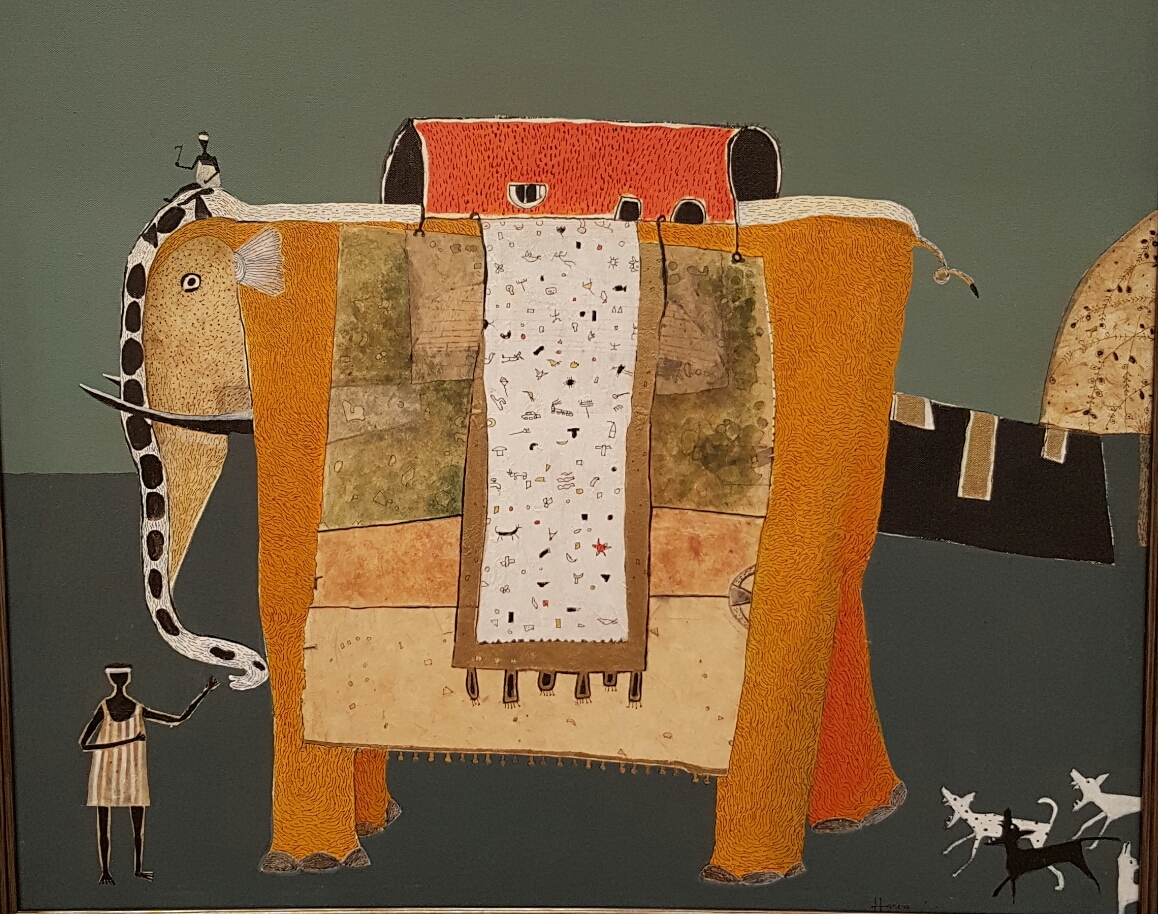
His act of deluding these forms by removing details of these narratives and working around the already established signs and symbols of religious icons can be seen as a way of inserting his spirituality but weighing the scale of his own beliefs.
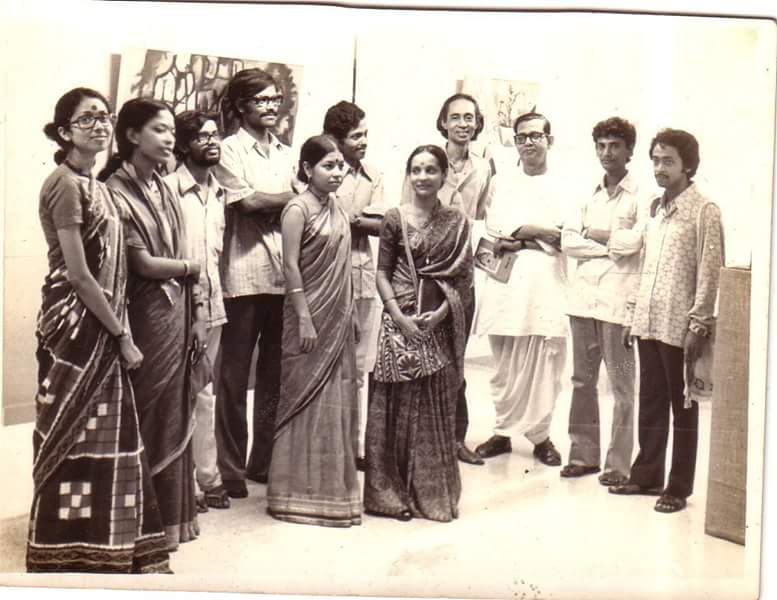
Finally, Thakur's art relinquishes the living traditions and embraces the contemporary art practices as a reflection on a long personal journey in the Arts. Most of his works perform the perfected lines of his own schooling in Shantiniketan's Vishwa Bharati University and, then, in Jharkhand, where he embraced the folk arts relentlessly.
Several important Indian artists have crossed his path adding to his journey in various capacities, leading him to his current potentials in this moment. Thakur's art is a long perfected one, where he does not shy away from exposing his viewers to a world of expert skills and techniques, addressing a world of cross-functional art practices.

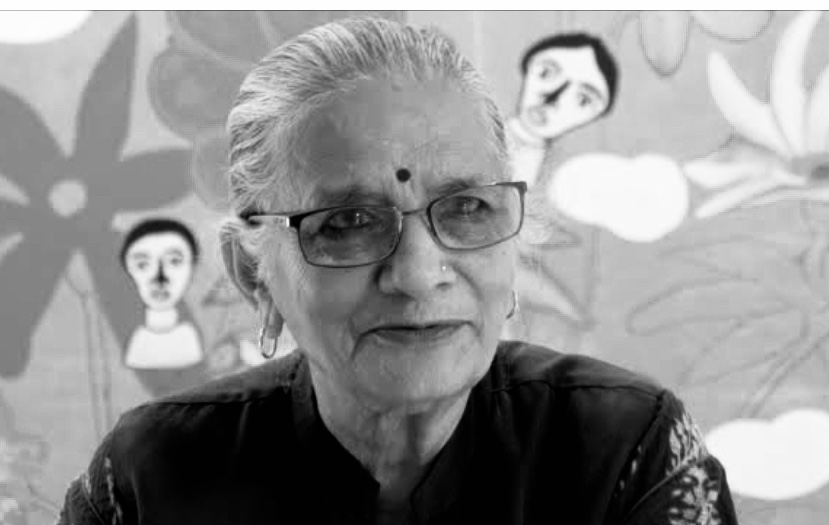
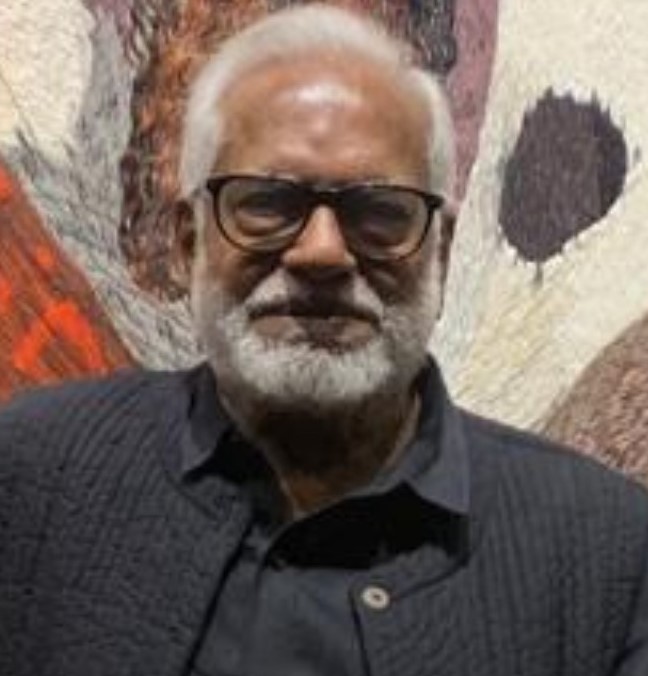
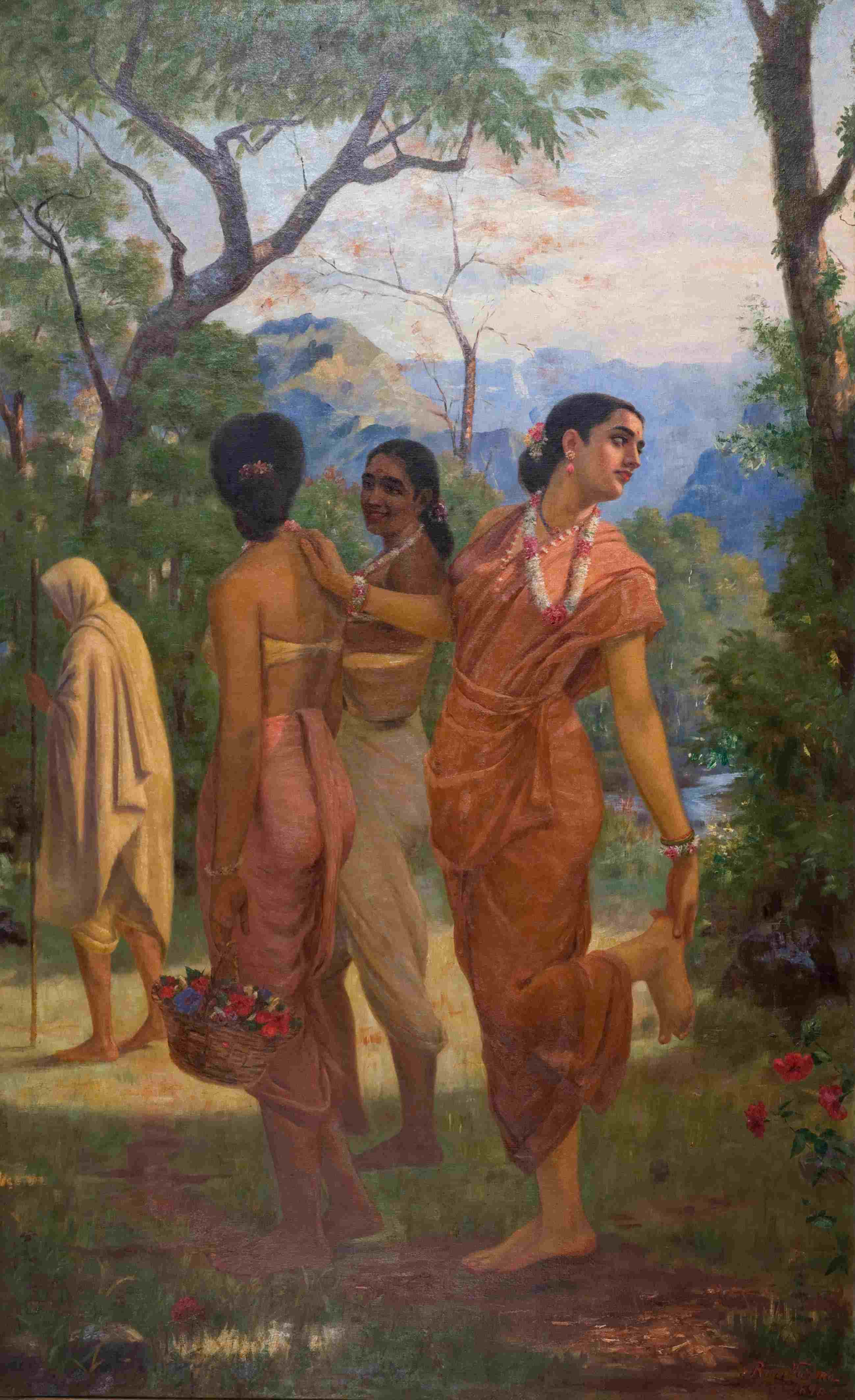
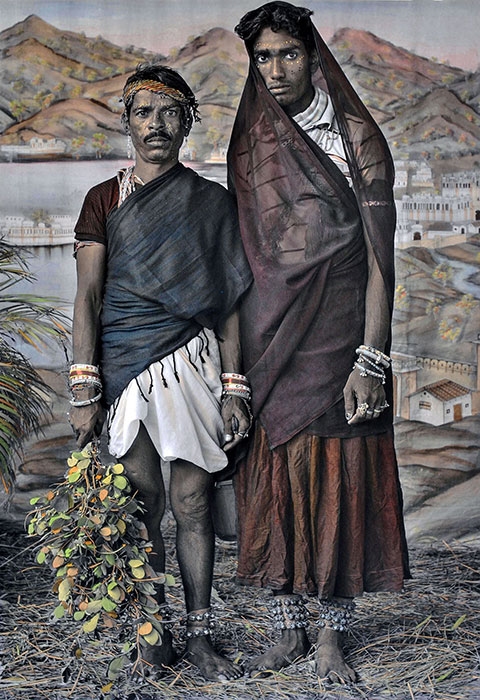

Leave a Comment